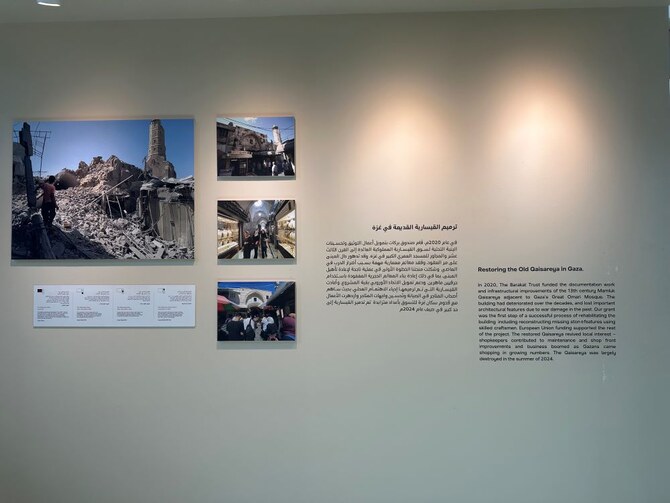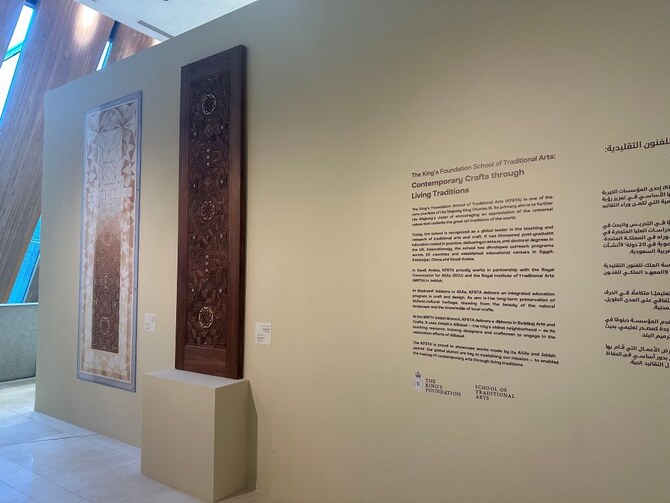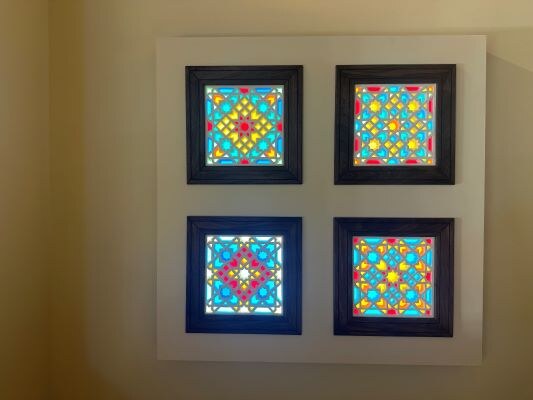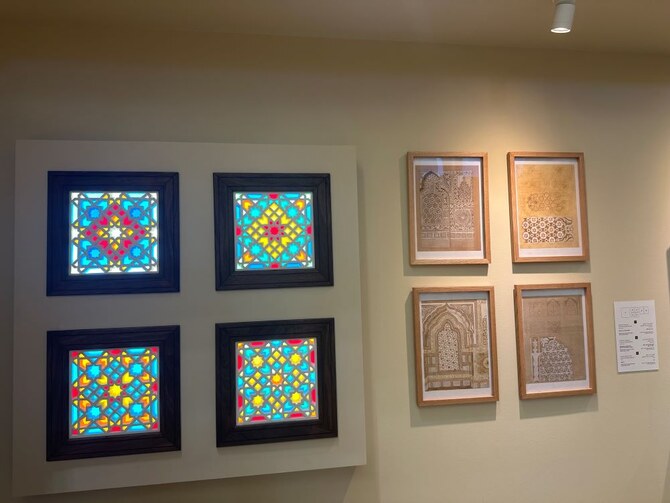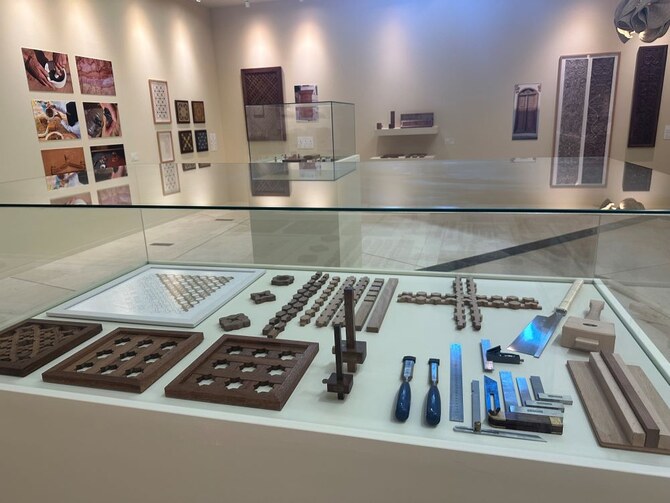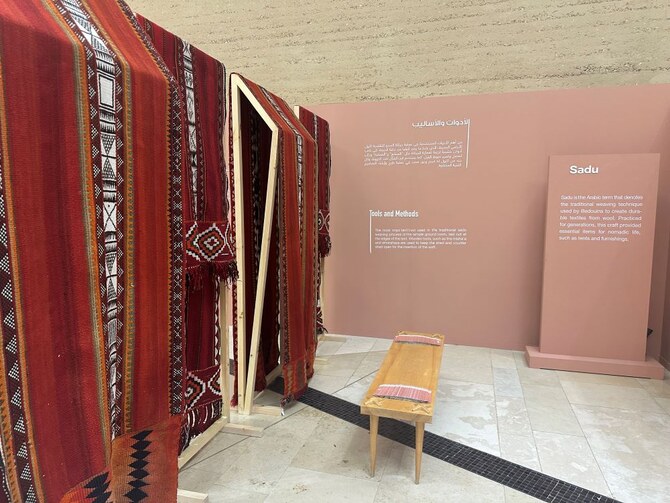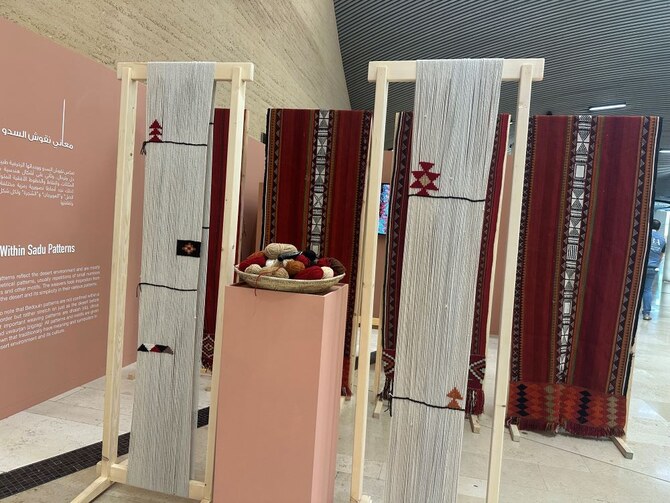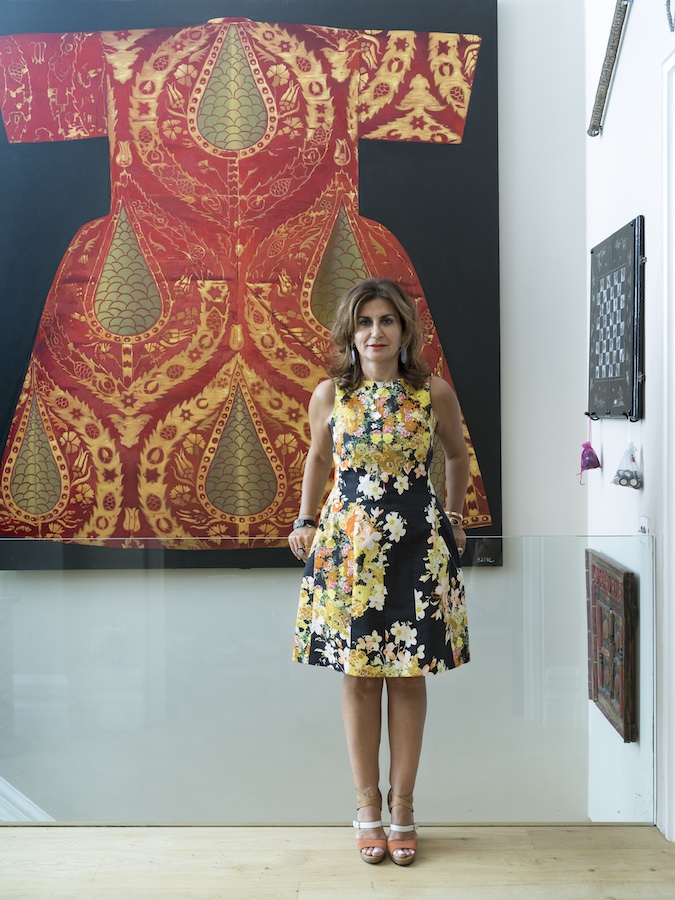DHAHRAN: The King Abdulaziz Center for World Culture, also known as Ithra, is hosting the second Islamic Art Conference from Nov. 25-30.
In partnership with the Abdullatif Al-Fozan Award for Mosque Architecture, the theme of this year’s event is “In Praise of the Artisan.” Featuring 50 participants from 14 countries, including 27 distinguished speakers, the conference will explore the connection between heritage and innovation in Islamic art.
From panel discussions to live demonstrations, and with a diverse lineup of artists, historians, curators and academics, the program offers attendees an opportunity to engage with the artistry and history of Islamic craftsmanship.
There are thought-provoking lectures, hands-on workshops and interactive demonstrations, all designed to immerse visitors in the beauty and intricacy of Islamic art forms. A central theme this year is the vital role played by artisans in preserving cultural heritage while adapting to contemporary challenges.
Through these discussions, the conference seeks to highlight how traditional crafts can inspire innovative solutions in areas such as design, business and urban development.
Running alongside the event is the “In Praise of the Artisan” exhibition. This display of historical artifacts and contemporary works highlight the timelessness of Islamic artistry through media ranging from ornate wood carvings and luminous textiles to intricately painted ceramics and dazzling metalwork. For those eager to learn skills for themselves, there are workshops on crafts such as embroidery, wood carving and sailboat crafting.
Adding to the immersive experience, three specially curated films explore the artistry and history of Islamic crafts, delving into the lives of artisans and the cultural significance of their work. Each screening is followed by a discussion with the filmmakers.
Beyond the main exhibition, Ithra’s plaza will host eight mini-exhibits in collaboration with institutions such as The Heritage Commission, The Royal Institute of Traditional Arts, and The General Authority for the Care of the Two Holy Mosques. These highlight regional crafts from across the Islamic world, such as Turkey and Egypt, emphasizing the event’s global nature.
Prominent voices such as Dr. Mashary Al-Naim, Dr. Mahmoud Erol Kilic and artist Ahmad Angawi will lead debates on the challenges and opportunities artisans face in preserving their crafts in an era dominated by mass production. Topics will include the integration of craftsmanship into modern business models and the role of artisans in sustainable urban development.
The conference also emphasizes the potential of traditional crafts to drive social change. By fostering collaboration between artisans, designers and cultural institutions, it creates pathways for them to thrive in contemporary markets while maintaining their historical integrity.
One highlight is the work of Dhai Ibrahim Al-Otaibi, a rising star in the art of Naqda embroidery. Known for her innovative approach, Al-Otaibi blends the opulence of traditional silver and gold threads with modern fashion aesthetics.
“Naqda embroidery signifies a critical aspect of Saudi cultural identity, especially in the Eastern and Central regions,” Al-Otaibi told Arab News.
“By reinterpreting these methods, I hope to make this craft more accessible to new generations while preserving its authenticity.”
Al-Otaibi began her journey as an apprentice under the guidance of artisan Sarah Al-Dosari and is one of only 14 of Naqda embroidery practitioners in Saudi Arabia. Her contributions to the exhibition not only show her personal artistry but also underscore the enduring relevance of this centuries-old craft.
“In Praise of the Artisan” will continue at Ithra until December 2027, providing plenty of opportunity to experience the splendor of Islamic arts and their evolving role in a modern world.






